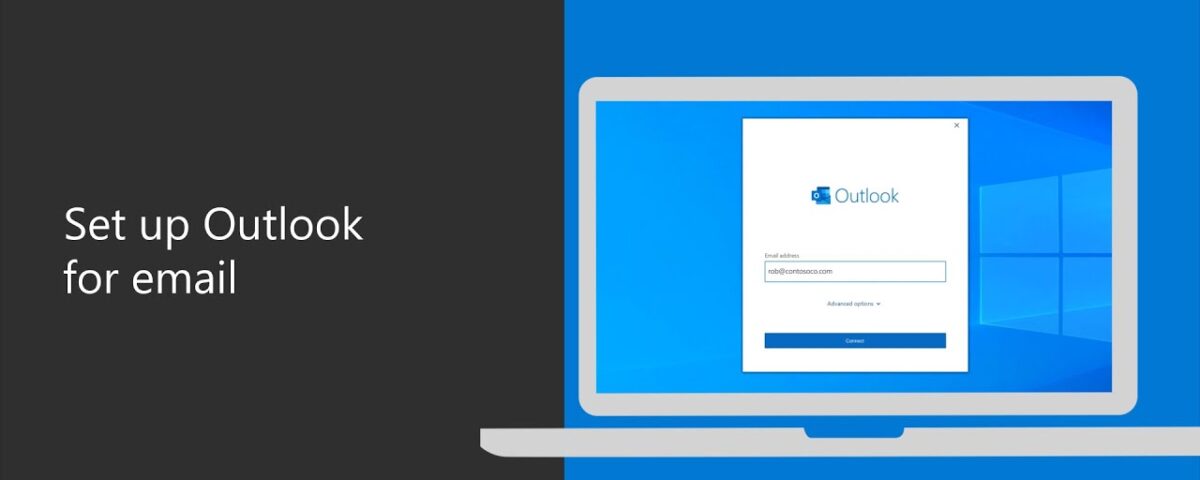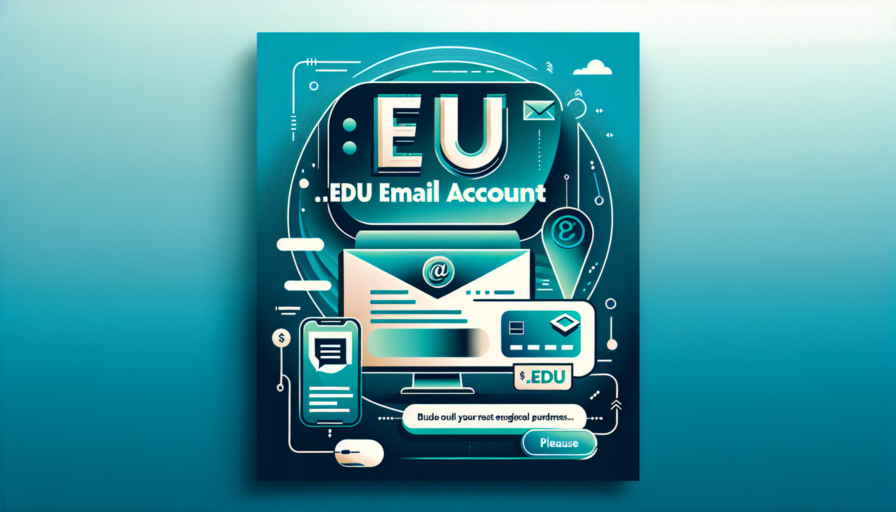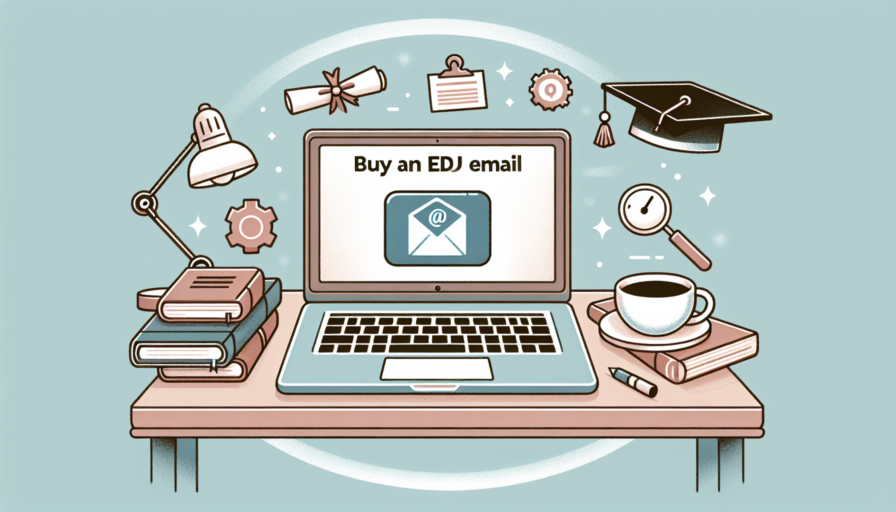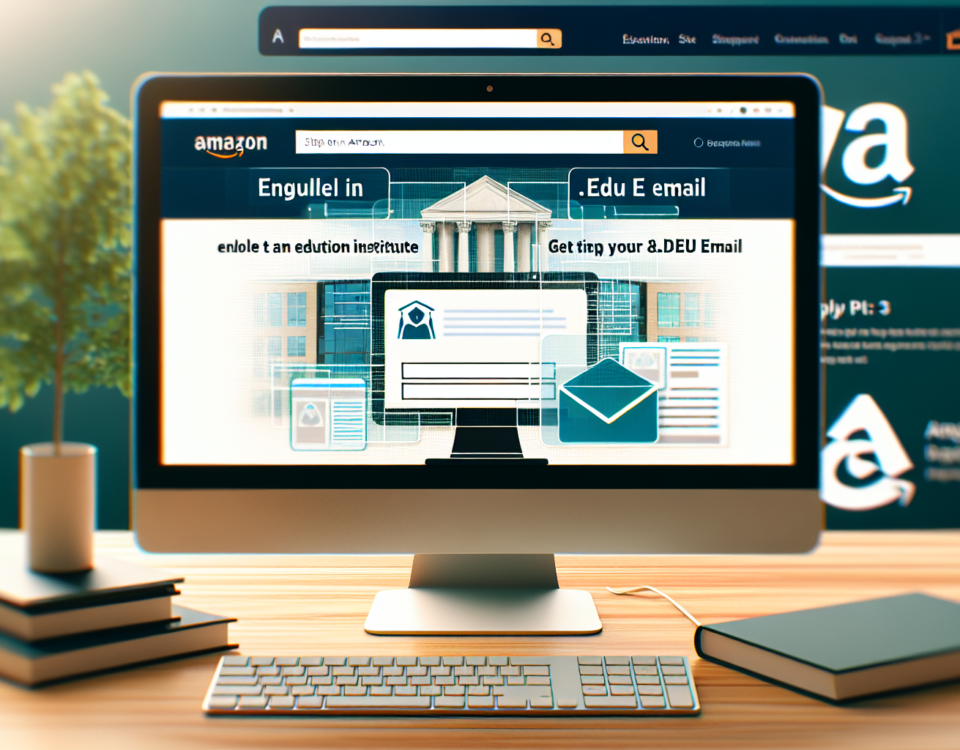Ultimate Guide to Get an .EDU Email: Tips & Tricks for Students and Educators
February 15, 2024Unlock Academic Benefits: The Ultimate Guide to Getting an EDU Email Account
February 15, 2024What is Outlook EDU Login and How Does It Benefit Students and Educators?
Outlook EDU Login, also known as Office 365 Education, is a powerful suite of productivity tools provided by Microsoft specifically tailored for the educational sector. It encompasses the familiar Outlook email service, enabling educators and students to communicate and collaborate with ease. This service is typically offered at no additional cost to qualifying educational institutions, making it an affordable solution to bring cutting-edge technology into the classroom. With Outlook EDU, both students and educators gain access to a range of services that go beyond email, such as OneDrive, Word, Excel, PowerPoint, and Microsoft Teams, all optimized for education.
The benefits for students using Outlook EDU are substantial. Firstly, the service provides a professional-grade email platform, which is an essential communication channel in academia. By using it, students can manage their academic correspondence, submit assignments, and even schedule their classes and exams with the integrated calendar feature. Collaborative learning is significantly enhanced with shared documents and projects, where students can work together in real-time, irrespective of their physical location. Furthermore, with ample storage space provided on OneDrive, students can safely store all their educational materials in the cloud, ensuring they have access to their work from any device, at any time.
Educators also reap considerable benefits from using Outlook EDU Login. One of their primary gains is the ability to streamline communication with students and faculty members through a unified platform. Teachers can send out announcements, manage course materials, and provide individual feedback through email. The calendar functionality aids in scheduling and reminders for office hours, lectures, and department meetings. Moreover, with advanced security features, educators can have peace of mind that sensitive information, such as grades and personal student data, is protected against unauthorized access.
In addition, the integration of Outlook EDU with other Microsoft Office applications underlines a seamless ecosystem where documents and resources move fluidly between different applications. For instance, an educator can begin drafting a lesson plan in Word, share it via Outlook, and then discuss it in real-time through Microsoft Teams. This level of integration encourages a dynamic educational environment and fosters a more interactive approach to teaching and learning. Enhanced productivity, organization, and security within Outlook EDU Login translate into a more focused academic experience for both students and educators.
Step-by-Step Guide to Accessing Your Outlook EDU Account
Welcome to the comprehensive step-by-step guide designed to help you access your Outlook EDU account with ease. Whether you’re a new student, staff member, or an alumnus attempting to revisit your old emails and documents, understanding how to navigate the Outlook interface is crucial for staying connected and managing your academic communications effectively.
Getting Started: Sign In Preparations
Before diving into the login process, ensure you have your institutional credentials at hand, typically provided by your educational institution. These would include your designated email address, which ends with an ‘edu’ suffix, and the corresponding password that has been set up for you. Remember, access to your Outlook EDU account is exclusive to the students, faculty, and staff affiliated with the institution, so make sure your credentials are active and valid.
Accessing the Outlook EDU Login Portal
To initiate the login procedure, navigate to the Microsoft Outlook EDU login page provided by your educational institution. This could usually be found through a quick search on the institution’s official website or via a well-circulated welcome email. Once on the login page, enter your edu email address in the provided field. Proceed by entering your password, taking care to input each character correctly to avoid any errors that might prevent you from accessing your account.
Troubleshooting Common Access Issues
If you encounter any issues while trying to log in to your Outlook EDU account, don’t panic. Common problems often stem from forgotten passwords or expired account credentials. In such cases, utilize the ‘Forgot my password’ link usually located beneath the sign-in fields. This will redirect you to a verification process, which upon completion, allows you to set a new password. If the difficulty persists or the problem is of a different nature, contact your institution’s IT helpdesk for further assistance. They are equipped to handle such inquiries and can provide personalized support to rectify your access issues.
Common Outlook EDU Login Problems and How to Troubleshoot Them
Many users of Outlook in educational institutions encounter login issues that can be both frustrating and time-consuming. Understanding these common problems and knowing the steps to troubleshoot them can save time and restore access to critical communication tools quickly. Here, we discuss some of the most frequent login issues experienced by EDU account holders and offer practical solutions.
Forgotten Passwords and Account Recovery
One of the most common barriers to accessing an Outlook EDU account is a forgotten password. Users who cannot remember their password can utilize the ‘Forgot my password’ link on the Outlook login page. It’s important to follow the prompts and provide the necessary verification information, such as an alternative email address or phone number to receive a password reset link or code. Keeping recovery information up to date is crucial as it greatly simplifies the password reset process. If you do not have access to your recovery information, contacting your institution’s IT support should be the next step.
Issues with Multi-Factor Authentication (MFA)
Multi-Factor Authentication adds an extra layer of security to your Outlook EDU account but can also be a source of login troubles. Users may face issues if they cannot access their secondary authentication method, such as a mobile phone for receiving verification codes. In such cases, seeking alternative verification methods or temporary bypass codes from the educational institutions’ IT department is usually the way to go. It’s also a smart practice to set up multiple authentication methods for moments when the primary method is unreachable.
Browser and Cache-Related Problems
In some instances, Outlook EDU login issues may stem from browser or cache-related problems. If you’re having trouble logging in, try clearing your browser cache and cookies, or switch to incognito/private browsing mode to prevent the use of existing cache data. Sometimes, simply switching to a different web browser can resolve the issue. Additionally, ensuring that your browser is up to date is essential, as outdated versions may not be compatible with Outlook’s latest security measures and performance improvements.
When confronted with a login problem, always check for alerts or messages from your educational institution regarding system outages or known issues. Often, these will be communicated through alternative channels or directly on the login page. Patience is key, as some problems might be temporary and resolved by the institution’s IT team promptly.
Enhancing Email Security for Your Outlook EDU Account
As educational institutions increasingly rely on digital communication, the importance of securing email accounts cannot be overstated. Outlook EDU, designed specifically for the academic sector, presents unique challenges and opportunities in the realm of email security. In this context, it is crucial for students, faculty, and staff to implement rigorous security measures to protect their personal information and sensitive institutional data alike.
Implementing Strong Password Protocols
To begin with, one of the most straightforward steps in enhancing your Outlook EDU account security is the enforcement of strong password protocols. Passwords should be complex, containing a mix of uppercase and lowercase letters, numbers, and special characters. It is highly recommended to change passwords regularly and to avoid reusing them across different platforms. Multifactor authentication (MFA) adds an additional layer of defense, ensuring that even if a password is compromised, unauthorized access can still be thwarted.
Recognize and Report Phishing Attempts
Another critical aspect of securing your Outlook EDU account is recognizing and responding to phishing attempts. Phishing emails often masquerade as legitimate correspondence, enticing users to provide sensitive information or click on malicious links. Educating all users on how to identify suspicious emails is vital. Furthermore, reporting these attempts to your institution’s IT security team can help enhance collective defenses and prevent future attacks.
Regularly Update Security Software
Lastly, ensuring that all devices used to access your Outlook EDU account have the latest security software can significantly reduce the risk of breaches. This includes the installation of antivirus programs, anti-spyware, and firewalls. Regular updates and security patches are necessary as cyber threats evolve rapidly. Users should be encouraged to set software to update automatically, which can provide continuous protection against emerging threats.
FAQs: Quick Answers to Your Outlook EDU Login Questions
When it comes to navigating Outlook EDU—Microsoft’s email platform for educational institutions—users often have a host of questions, particularly around login issues. Below are some of the most frequently asked questions, designed to provide you with swift solutions so you can access your Outlook EDU account with ease.
Why can’t I log into my Outlook EDU account?
There could be several reasons why you might be experiencing difficulties logging into your Outlook EDU account. Common causes include incorrect password entry, account lock due to multiple failed login attempts, or an issue with the server. To resolve these issues, start by double-checking your credentials, making sure Caps Lock is not enabled. If you’re still unable to log in after several attempts, use the ‘Forgot My Password’ link provided on the login page to reset your password or contact your institution’s IT helpdesk for assistance.
What should I do if I forgot my Outlook EDU password?
Forgetting your password can be a hurdle, but it’s easily overcome. Simply click on the ‘Forgot My Password’ link on the login page. You will then be guided through a series of steps to verify your identity, usually involving answering security questions or entering a code sent to your alternative email address or phone number. Once verification is complete, you will be prompted to set up a new password. Ensure that you choose a strong and memorable password to prevent future login issues.
How do I change my Outlook EDU email password?
Security is critical, and changing your password regularly is a good practice. To change your password, log into your Outlook EDU account, go to Settings (usually represented by a gear icon), and look for the ‘Password & Security’ or ‘Account Security’ options. From there, you’ll find a prompt to change your password. Remember, when creating a new password, use a mix of uppercase and lowercase letters, numbers, and symbols to enhance security and reduce the likelihood of unauthorized access to your account.
Remember, for any persistent login-related issues, your institution’s IT support team is always there to help you navigate any challenges and get you back to your important academic work without delay.








